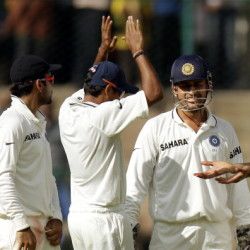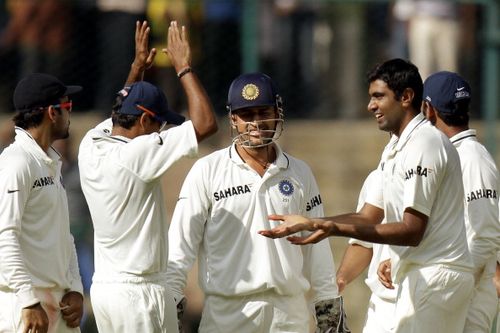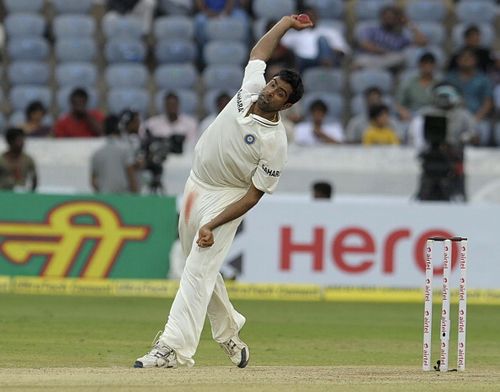
In the aftermath of success: Five things for India to consider

Even though the Indian cricket team has answered its critics with its out-and-out supremacy against the Australians, certain grey areas still shroud the team’s potential, threatening to dismantle its shakily regained confidence. With no more games in India for the national team for the next one-and-a-half years, these grey areas thus become even more important. Factors that could either make or break the team, if not paid attention to at the earliest.
1. Complacency: This is the biggest con that could completely and single-handedly overhaul the Indian cricketing team’s pros in the immediate future, as it has many-a-time in the past. Unlike other cricketing teams who ensure that their successes aren’t chalked up to coincidences and take follow-up measures to continue the good work, the Indian cricket team normally doesn’t look at building on the factors of its success. More often than not, it also happens that the team gets carried away for longer time durations on its successful performances, instead of putting it behind them and focusing on what could and would come their way, in the days ahead. For Duncan Fletcher and his team captain, assessing their present strengths and sorting out the problems – however minor they were – that plagued them during the Border-Gavaskar series is an imperative must, way more than exulting on the former’s contract extension and the latter’s forceful response to criticisms thrown his way.
2. Team Composition: The composition of the Indian team still remains skewed. In the recently concluded series against Australia, India played three different openers in four Tests. Although the unexpected injury to Shikhar Dhawan in the third Test didn’t disturb India’s opening consistence, the jury still remains out on the resultant combination of Vijay and Pujara. Moving on, the rest of the squad composition also is a slightly distorted picture, with several candidates lined up to fill the empty places. If not given adequate attention, India’s chances against both South Africa and New Zealand could be substantially hampered.
3. Bowling Woes: Many may take this is as a direct contradiction to the Indian bowling department’s superiority against the Aussies. But the fact remains that barring Ravichandran Ashwin and Ishant Sharma – to a certain extent – not all of the bowlers were as effective as the coach and selectors would have wanted them to be. And for those pledging on Jadeja’s effectiveness with the ball, taking wickets on foreign pitches is completely different from taking umpteen wickets on domestic tailor-made pitches, especially weighing the likes of batsmen like Amla, Smith and Kallis, to name a few.

4. Inexperience: For all the jubilation and excitement that the 4-0 whitewash has brought home, it has also – in some remote corner – hit out about the Indian team’s inexperience overseas. Though many members of the present Test team have played in difficult playing conditions abroad, many others like Vijay, Pujara, Jadeja and Dhawan have virtually no experience tackling the pitches abroad. Incidentally, these players also happen to be the stars of the Border-Gavaskar trophy, which makes the issue even more serious.
5. IPL Factor: Many would disagree about this being a cause of concern for the Indian team’s chances in the months ahead. But as seen in the previous years, the IPL has been a cause of major concern with respect to the drain on players’ mental and physical endurance. The two months of the commercial T20 set-up, followed by major ICC tournaments like the Champions League would mean that the Indian team have absolutely no time to regroup before the tour to South Africa and New Zealand starts. And even though the IPL has become a major revenue-getter for the BCCI and thus become an intrinsic part of the sport, the Indian cricket team needs to pay special focus to ensure that the IPL doesn’t give them a reason for burn-out.